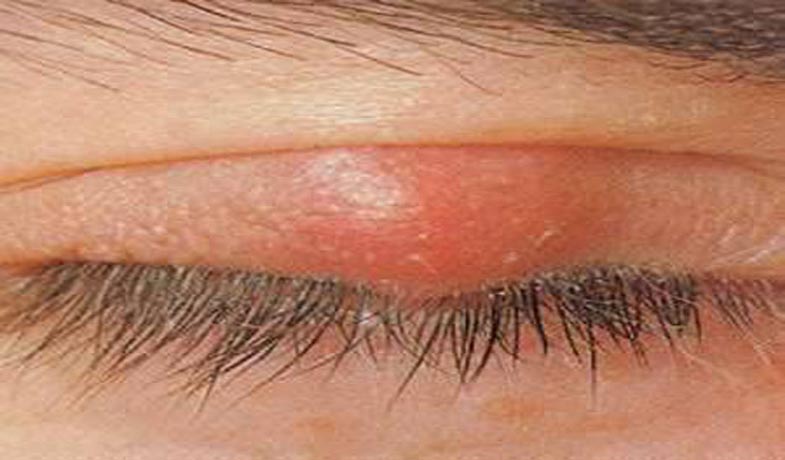Styes are caused by an infection with pus bacteria (staphylococci). If styes keep recurring, this indicates a weakened immune system, such as diabetes mellitus, or constant reinfection, for example through touching with dirty hands or acne.
The eyelid has several different glands. The so-called Meibomian glands are located on the inside of the eyelid, while the so-called Moll and Zeis glands are located adjacent to the eyelashes, i.e. on the outside of the eyelid. For this reason, two types of barley grains are distinguished. The internal hordeolum, this type of stye, is a purulent inflammation on the inside of the eyelid and may not be visible, and the external hordeolum, this type of stye, is caused by an inflammation of the sebaceous glands and sweat glands in the area of the eyelid edge or the Eyelashes noticeable. Pus forms in the eyelid, causing painful thickening and redness. As a rule, after about a week, the “pimple” bursts and the pus is drained. Very rarely, in very severe cases of a stye, symptoms such as a general feeling of illness, fever or swollen lymph nodes can also occur.
An external hordeolum (external stye) can usually be diagnosed quite quickly due to its location on the outer edge of the eyelid. It is usually a so-called visual diagnosis, so the doctor knows what problem he is dealing with just by looking at it once. However, the hordeolum internum is only discovered when the song is folded outwards.
Normally a stye is not treated because it bursts and heals on its own. Just to speed up the healing of the inflammation, warm compresses, for example with chamomile compresses or red light, can help the ripening and opening of the stye.
Styes can be further treated with eye ointment containing antibiotics from the pharmacy. They also help prevent further spread to other eyelid glands. If the pus does not drain, relief can be achieved through a small incision. This incision, no matter how small, should definitely only be carried out by a doctor!
Further topics on health and medicine
